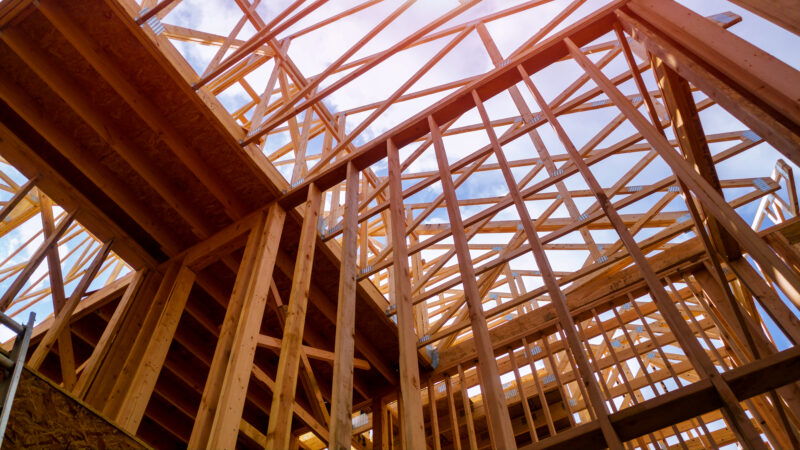Solution provider

We are a value-driven, multi-disciplinary engineering consultancy fundamentally committed to sustainable progress and service delivery.
Case
Buildings
Circular building design
Energy efficiency in industry
+2


We are a value-driven, multi-disciplinary engineering consultancy fundamentally committed to sustainable progress and service delivery.
Add the case to your visit request and let us know that you are interested in visiting Denmark
“At NIRAS, we have for some time been working to find a way of helping our clients to work with and implement the Global Goals in their building projects. At one of the first internal meetings regarding this matter that I attended, I brought a pile of post-its. I challenged all attendees, myself included, to write the name and, if possible, the number of each of the 17 Global Goals. No one was close to remembering all of them. This started a journey of understanding the goals’ relevance to our company and we saw it as an opportunity to encourage our clients to join us on the journey towards more sustainable building development.
We found that many of our clients in the building sector were already working with the Global Goals, and even had formulated objectives, which they had started reporting on. However, what was lacking was a common thread running through our way of making the goals a reality in building projects here at NIRAS.
Consequently, we took a look at what lies behind sustainable development in the building sector. Generally speaking, there must be an equal balance between the environmental, social and economic aspects of sustainability. We must keep a long term perspective and include a life-cycle approach as well as make thorough considerations regarding the local, regional and global impact. Going back to basics, we now focus on the entire life cycle of a building project when working with the 17 UN Global Goals.
At NIRAS, we have adapted that to our process for building projects. First, we list on which of the 17 Global Goals the client can have the highest impact in relation to the life-cycle phase of a given building project. After this, we set ambitious objectives but at the same time, we are also aware of what we discard. Which objectives do we not aim to achieve, and may this have a negative impact? The important thing in the process is to focus on the goals that we can influence in a given life-cycle phase and at the same time look at how we can measure the effect. For this part of the process, we are currently developing a tool that can help support specific integration of the Global Goals for building projects. We have used an external focus group to test our ideas, and that has paid off considering that we already have received feedback that they would like to provide a test case where we can use the method of working with the 17 UN Global Goals on an actual building project.
The goals are universal, meaning that we are obliged to leave no one behind. In other words, a country has only fully achieved all goals once every other country has. We have to make great efforts in order to save our planet as we obviously cannot get a new one. Therefore, we must all contribute.”
Lone Hedegaard Mortensen, Civil Engineer, NIRAS